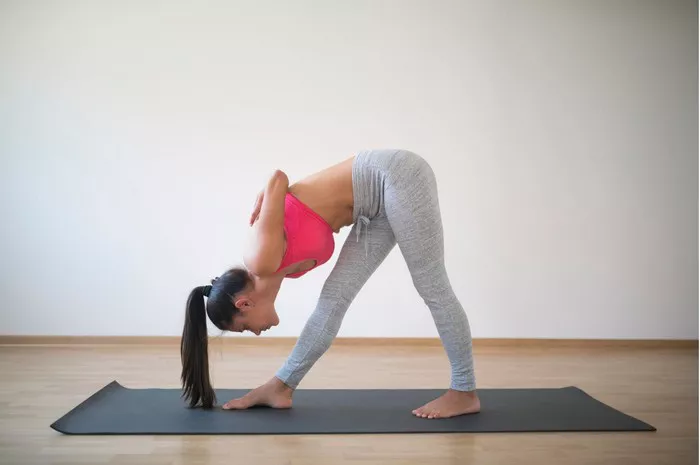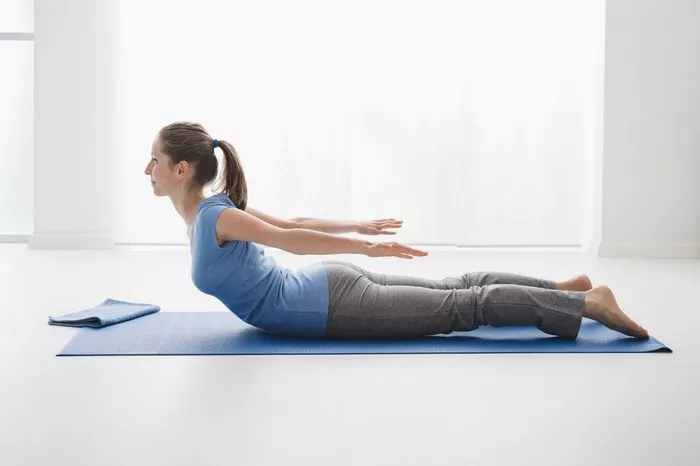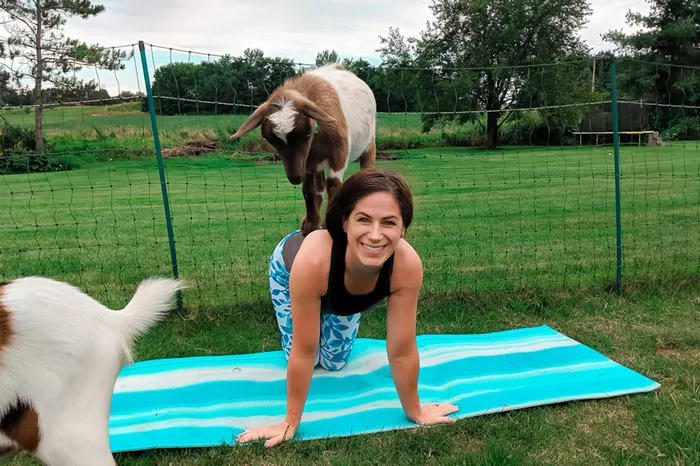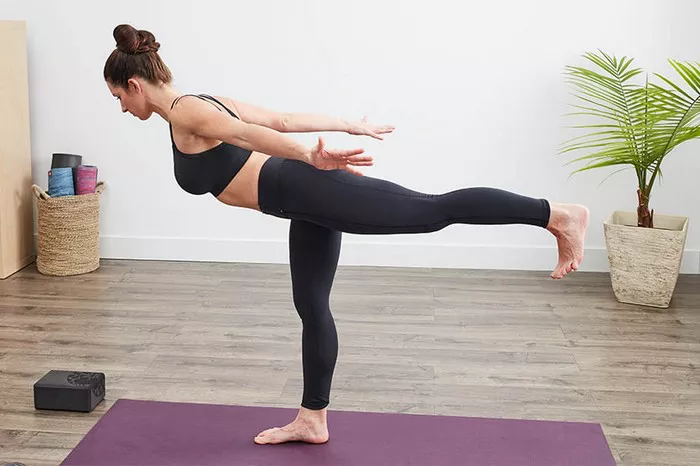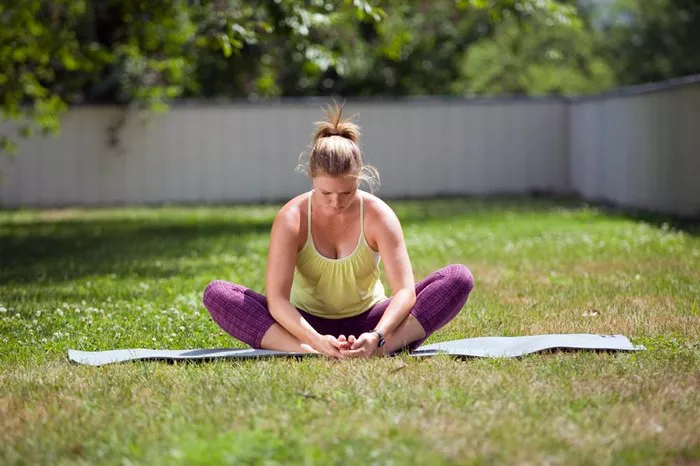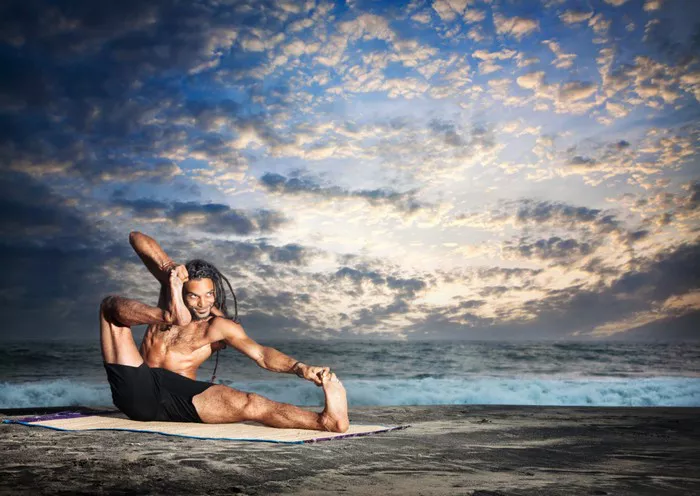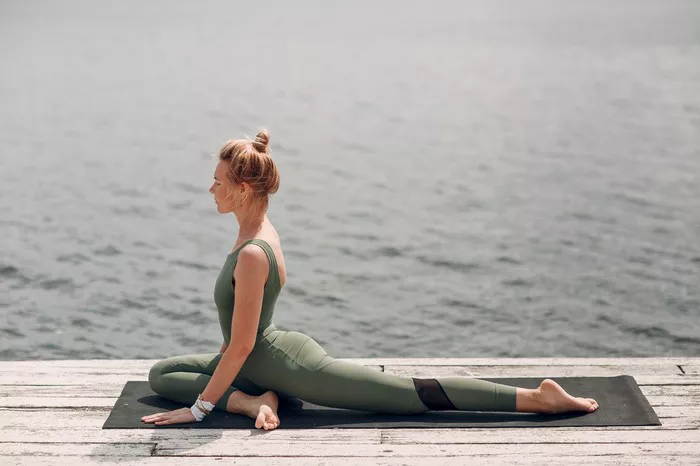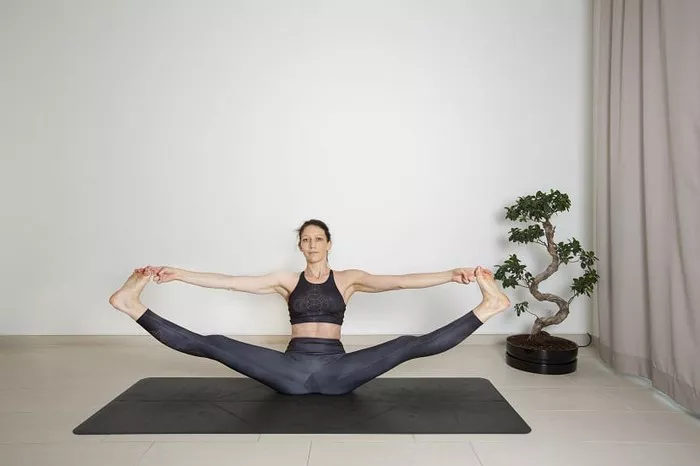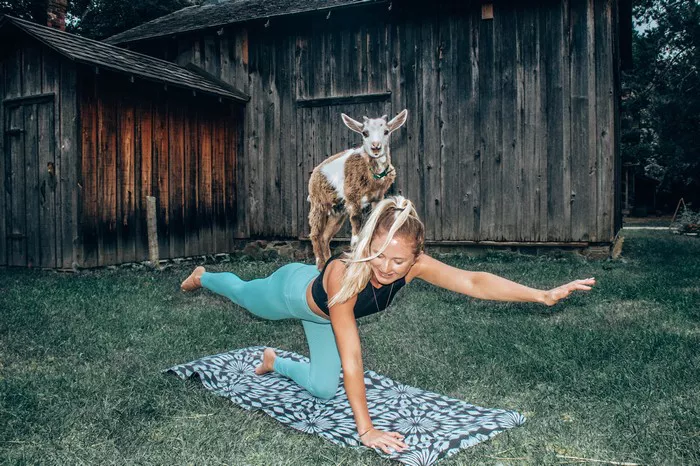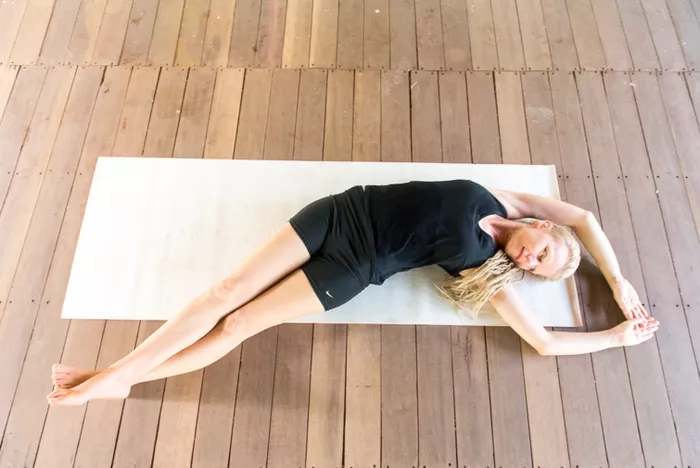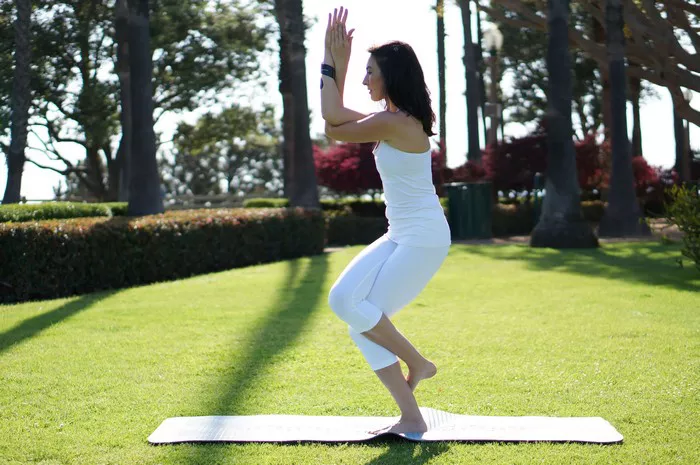Scoliosis is a musculoskeletal condition characterized by an abnormal lateral curvature of the spine. While it can develop in childhood or adolescence, it may also appear in adulthood due to degeneration or other factors. The curvature may be mild or severe, and symptoms can include uneven shoulders, back pain, and limited mobility. Proper management is essential to reduce discomfort and improve quality of life. Non-invasive therapies such as exercise play a crucial role in scoliosis treatment. Among these, Yoga and Pilates are often recommended. But which is more effective?
The Role of Exercise in Scoliosis Management
Exercise is not a cure for scoliosis, but it can significantly help manage its symptoms. Strengthening the muscles surrounding the spine can provide better support and potentially slow progression. Flexibility exercises help improve range of motion, and targeted routines can address imbalances in posture. The key is to choose a program tailored to the individual’s spinal curvature and needs. Both Yoga and Pilates offer unique benefits, but their approaches differ, which can impact their effectiveness in scoliosis care.
What is Yoga?
Yoga is a mind-body discipline originating from ancient India, combining physical postures (asanas), breathing techniques (pranayama), and meditation. It emphasizes flexibility, balance, and mental focus. There are various styles of Yoga, including Hatha, Vinyasa, Iyengar, and Restorative, each with distinct characteristics. Iyengar Yoga, in particular, uses props and precise alignment, making it suitable for individuals with spinal issues like scoliosis. Yoga aims to harmonize the body and mind, which can be particularly beneficial in managing chronic conditions.
What is Pilates?
Pilates is a physical fitness system developed by Joseph Pilates in the early 20th century. It focuses on strengthening the core muscles, improving posture, and enhancing overall body awareness. Pilates exercises can be done on a mat or with specialized equipment like the Reformer. The method is often divided into classical and contemporary styles. With its emphasis on controlled movements and spinal alignment, Pilates is widely used in rehabilitation settings, including for scoliosis.
Comparing Yoga and Pilates for Scoliosis
When comparing Yoga and Pilates for scoliosis, it is essential to consider their goals, techniques, and adaptability. While both practices aim to improve posture and body mechanics, they approach these goals differently.
1. Core Strengthening
Pilates places a strong emphasis on core strength, which is critical for spinal support. A well-conditioned core helps stabilize the spine and reduce strain on the back muscles. Yoga also incorporates core work, but it is not the central focus. In scoliosis, strengthening the deep abdominal and back muscles can aid in maintaining spinal alignment, making Pilates particularly advantageous in this regard.
2. Flexibility and Mobility
Yoga excels in improving flexibility and joint mobility. Many Yoga poses stretch tight muscles and help realign the body. For scoliosis patients, flexibility can reduce muscular imbalances and ease discomfort. Pilates also includes stretching, but its primary focus remains on strengthening. Therefore, Yoga may offer more benefits in terms of increasing range of motion and reducing stiffness.
3. Breathing Techniques
Breathing is integral to both Yoga and Pilates but used differently. Yoga uses breath to promote relaxation and support poses, enhancing mind-body awareness. This can help individuals with scoliosis manage stress-related muscle tension. Pilates employs lateral breathing to engage the core and support movement precision. Both techniques can be helpful, but Yoga’s emphasis on breath and relaxation may provide additional emotional and psychological benefits.
4. Alignment and Posture
Iyengar Yoga is particularly effective for postural alignment due to its use of props and detailed instructions. This can help scoliosis patients perform poses safely and accurately. Pilates also prioritizes proper alignment, often through guided movements that target spinal positioning. Both systems are beneficial, but the tailored alignment tools in Iyengar Yoga might offer an edge for some individuals with scoliosis.
5. Customization and Safety
Individualization is crucial in scoliosis management. Pilates sessions, especially when guided by a trained professional, can be customized to target specific curvatures and muscular imbalances. Similarly, Yoga classes designed for therapeutic purposes or guided by experienced instructors can be tailored to meet individual needs. However, improper execution of either practice can exacerbate issues, so professional guidance is essential.
Scientific Research and Evidence
Several studies have investigated the effects of Yoga and Pilates on scoliosis, although more rigorous research is needed. A 2014 study published in “Global Advances in Health and Medicine” showed that a single Yoga pose, the side plank, significantly reduced spinal curvature in adolescents. Meanwhile, research in “Journal of Bodywork and Movement Therapies” indicated that Pilates could enhance postural stability and reduce pain in adults with scoliosis. These findings suggest both modalities offer measurable benefits.
Pros and Cons of Yoga for Scoliosis
Pros:
- Enhances flexibility and reduces muscular tension.
- Promotes mind-body awareness and stress relief.
- Can be adapted with props for safety and support.
- Emphasizes breathing and relaxation, which aid in pain management.
Cons:
- Not all styles are suitable; some poses may worsen curvature.
- Requires skilled instruction to be effective and safe.
- Core strengthening is less emphasized compared to Pilates.
Pros and Cons of Pilates for Scoliosis
Pros:
- Focuses on core strength, vital for spinal support.
- Offers structured and progressive exercise routines.
- Effective in improving postural alignment and muscle balance.
- Often used in physical therapy settings, offering rehabilitative value.
Cons:
- May not address emotional or stress-related aspects.
- Less emphasis on flexibility than Yoga.
- Equipment-based Pilates can be costly and less accessible.
Who Should Choose Yoga?
Yoga may be better suited for individuals who:
- Experience stress-related symptoms or chronic pain.
- Seek a holistic mind-body approach.
- Require gentle stretching to release muscle tension.
- Prefer a calming, meditative exercise environment.
It is especially helpful when taught by an instructor familiar with therapeutic Yoga for spinal conditions. Those with mild to moderate scoliosis who want to maintain flexibility and reduce tension may find Yoga highly beneficial.
Who Should Choose Pilates?
Pilates is ideal for individuals who:
- Need to build core strength and spinal stability.
- Are undergoing physical therapy or require structured rehabilitation.
- Prefer goal-oriented, muscle-targeted exercises.
- Want to focus on posture correction and body mechanics.
Pilates may be more effective for those with more pronounced spinal curves or muscle imbalances, particularly when practiced under professional supervision with individualized programming.
Integrating Both Approaches
Many individuals with scoliosis find that combining Yoga and Pilates yields the best results. While Pilates strengthens and stabilizes, Yoga enhances flexibility and promotes relaxation. Alternating between the two or integrating elements of both into a weekly routine can provide comprehensive benefits. Collaboration between Yoga therapists and Pilates instructors may result in a personalized and balanced program tailored to the patient’s specific needs.
Professional Guidance is Key
Regardless of the chosen method, professional guidance is crucial. Working with a certified Pilates instructor or Yoga therapist who understands scoliosis can prevent injury and maximize benefits. They can assess your spinal curvature, monitor progress, and modify exercises accordingly. It is also advisable to consult a physician or physical therapist before beginning any new exercise regimen.
Conclusion
When it comes to Yoga vs Pilates for scoliosis, there is no definitive winner. Each offers unique benefits that can aid in managing the condition. The choice depends on individual goals, symptoms, and personal preferences. Some may benefit more from the core strength provided by Pilates, while others may find relief in the flexibility and mindfulness of Yoga. The best approach is often a thoughtful combination, guided by professional expertise and tailored to individual needs.
By exploring both systems and understanding their impacts, individuals with scoliosis can take a proactive role in managing their condition and improving their overall well-being.
Related Topics:

